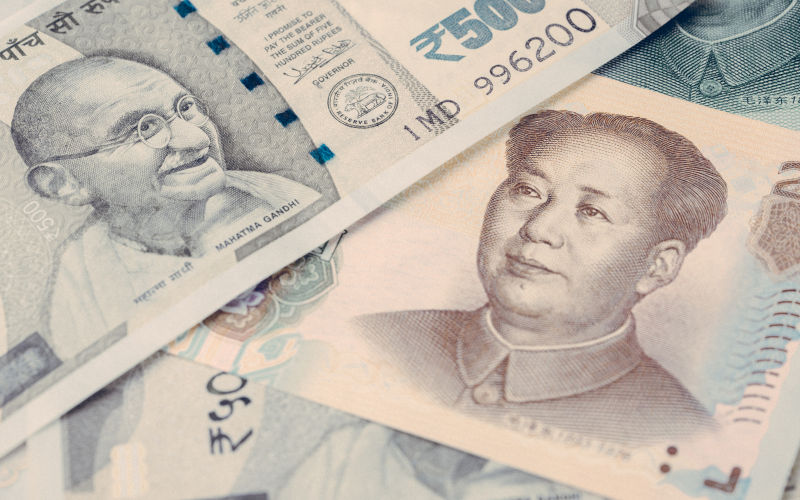Will fast-growing India overtake decelerating China?
July 9, 2023
India has an economy that is growing faster than Chinas six per cent versus four per cent and it has a population that is expanding while that of its Asian neighbour is shrinking.
Put these two facts together, and the implication is that India will surpass China in any race to become the dominant superpower of the future. So said several commentators in recent months, after data was released showing India had overtaken China to become the worlds most populous nation.
One of the people watching this process was Graham T Allison, a professor at Harvard University who has become famous for his insights on Asia.
He dug into the statistics and came to a different conclusion. There are four inconvenient truths about India that are being overlooked, he wrote in an essay for Foreign Policy magazine.
Here they are.
Allison wrote: First, analysts have been wrong about Indias rise in the past. In the 1990s, analysts trumpeted a growing Indian population that would create an economic miracle. Yet that never happened. Will this time be different?
When you look at the figures on this chart, you can see the scale of the difference in the areas of manufacturing and exports. Not all growth spurts are the same size.
Allisons second point is that Indias economy is growing faster than Chinas, but from a much smaller starting point. He said: At the beginning of the 21st century, Chinas GDP was about three times larger than Indias. Today it is around five times larger.
China vs. India GDP
Market exchange rate in trillions of US dollars.

Again, the chart shows the gapand the fact that it has been growing, not shrinking.
Third, Allison writes, India has been steadily falling behind in the science and technology race. China graduates nearly two times as many STEM students and spends two percent of its GDP on R&D, while India spends 0.7 percent.
And Allisons fourth point concerns poverty. While China has essentially eliminated abject poverty, more than 10 percent of Indias population of 1.4 billion struggle to survive on incomes below this World Bank threshold of US$2.15 a day, the professor writes.
In other words, people cant contribute to society if they are struggling to stay alive.
The numbers are clear India is not about to overtake China any time soon.
But ultimately, Allison believes, both countries are developing well. Just differently. His full essay can be read at this link, although there is a paywall.
Responses to the Harvard professors findings have been generally well received by both Chinese and Indian commentators. Some make the point that western commentators frame it as a race but Asian people dont see it that way.
Ganesh Prasad wrote: India is the un-China. That doesnt mean its a failure. A sixth of humanity gradually developing cannot go unnoticed. It just means the way India influences the world will be different from Chinas.
Seeji Sundarakshan wrote: that India will grow organically. Wont happen like China, which was a phenomenon, never before and probably never again.
First published in Fridayeveryday June 29, 2023




